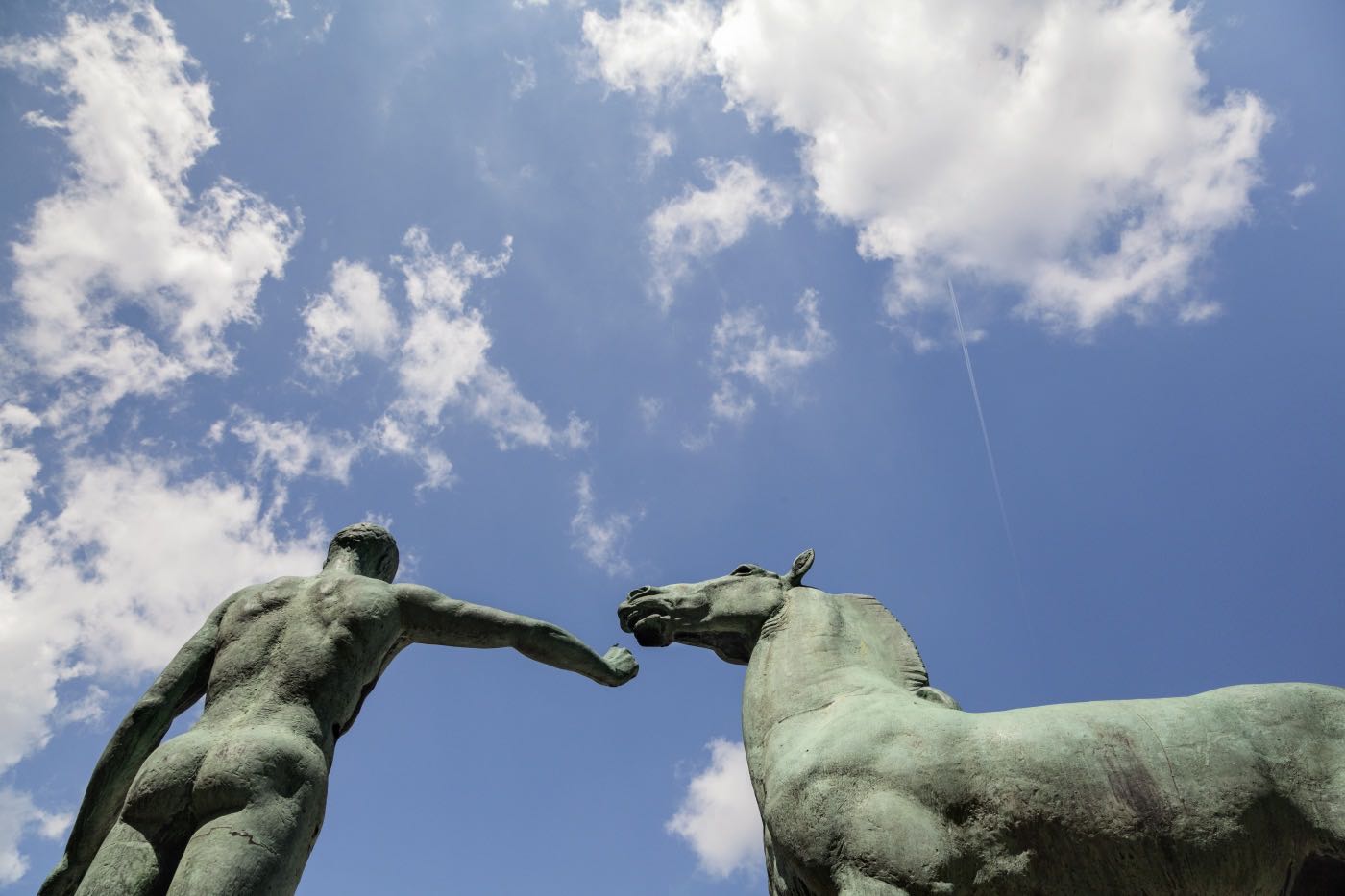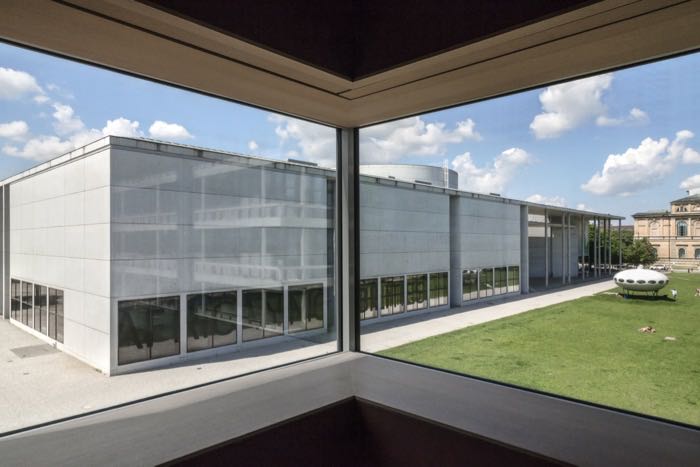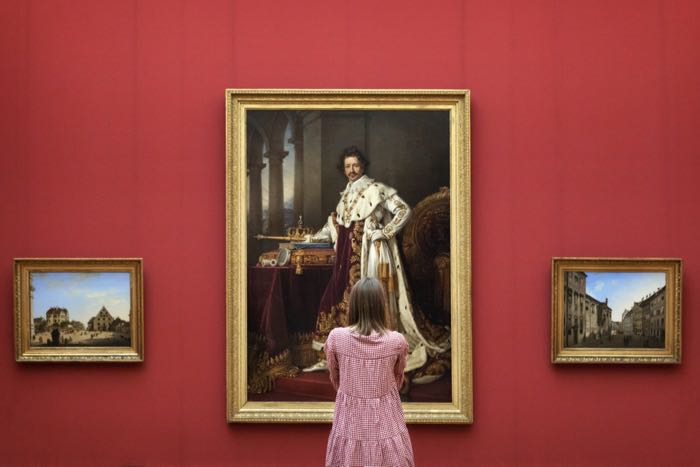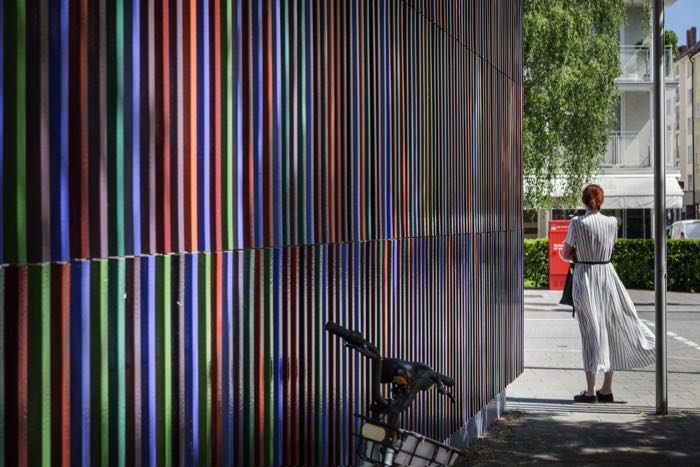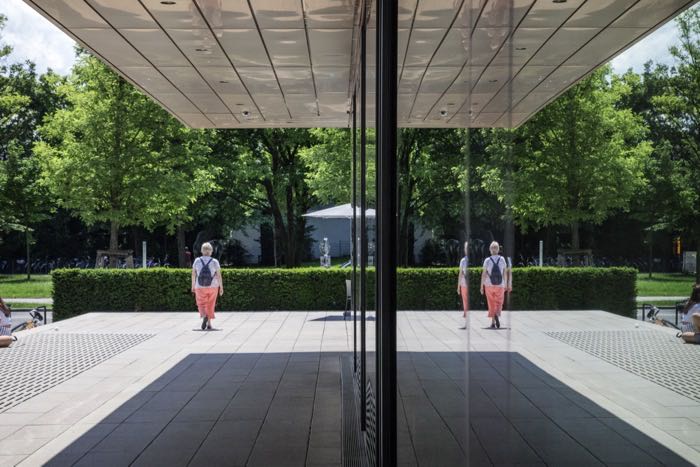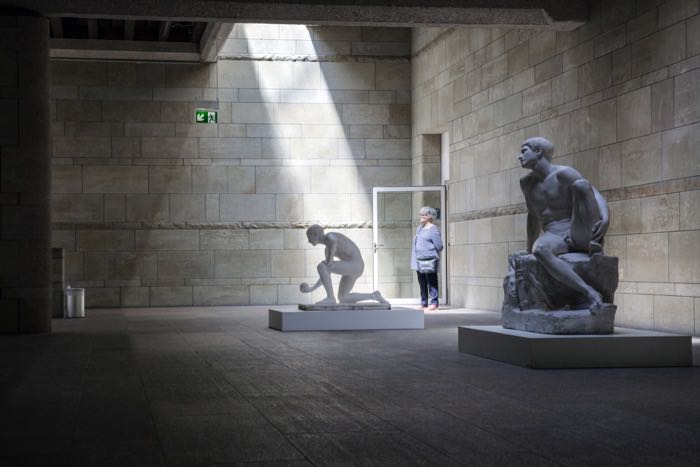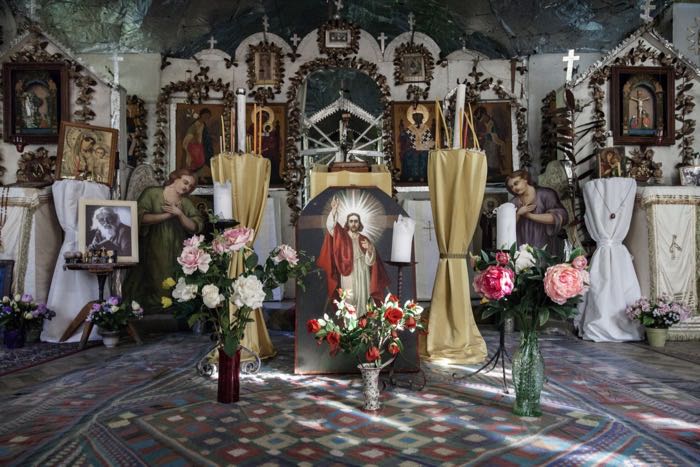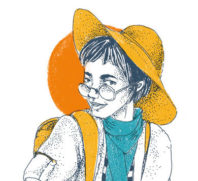Munich is one of the finest incarnations of the German romantic and neoclassical spirit.
A modern city, welcoming, rich in traditions, majestic, imposing and at the same time lively in its mitteleuropa pragmatism.
Strolling along its streets, the boundaries between modernity and classicism are blurred. This is the overwhelming impression you get when you start down Sendlingerstraβe, along which a tiny late-Baroque jewel hides among contemporary buildings and bars: the church of St. Johann Nepomuk, better known as Asamkirche (Asam Church), after the Asam brothers who founded it. The church’s small façade does little to prepare the visitor for the grandeur of its interior decoration. A rococo triumph that fills every last inch of the wall. This mixture of eras seems yet more pronounced after a few hundred metres, at MUCA, the Museum of Urban and Contemporary Art, among the first in Europe dedicated exclusively to street art. The building, which structurally resembles an abandoned factory, is covered on the outside with calligraphy (uniting the art of graffiti with that of calligraphy), as is the adjacent building, in a morphological continuum with a striking visual impact. Inside, works from today’s biggest urban artists are exhibited in an open space that isn’t huge, but has enormous innovative weight.


